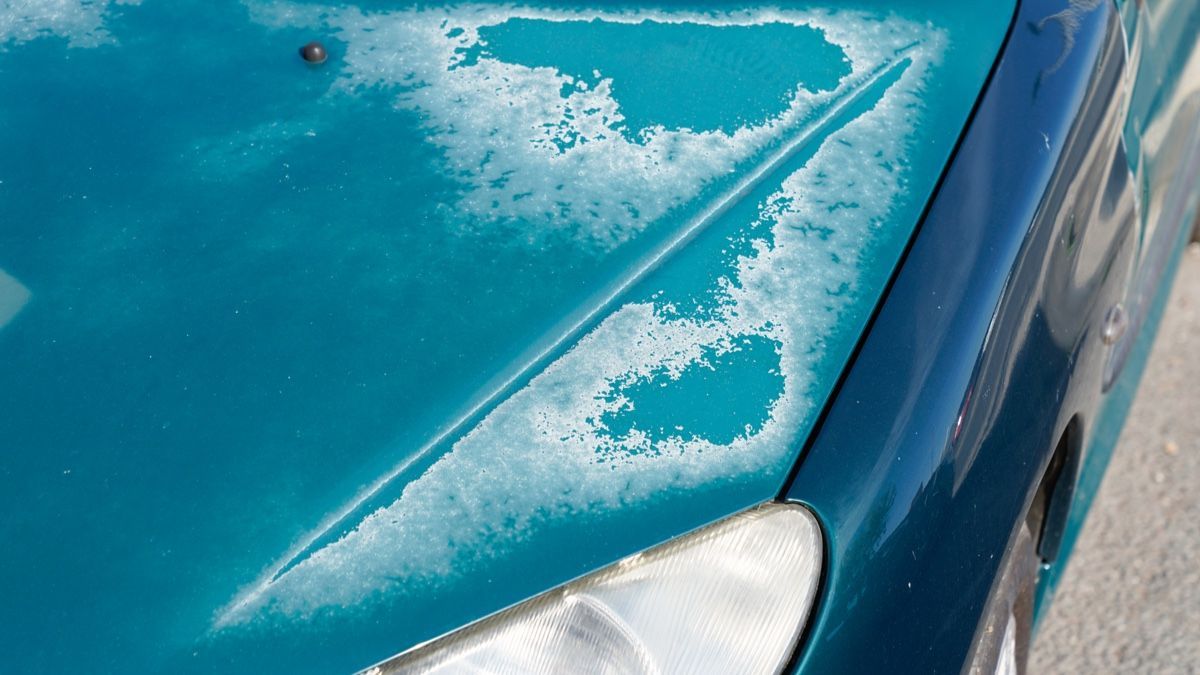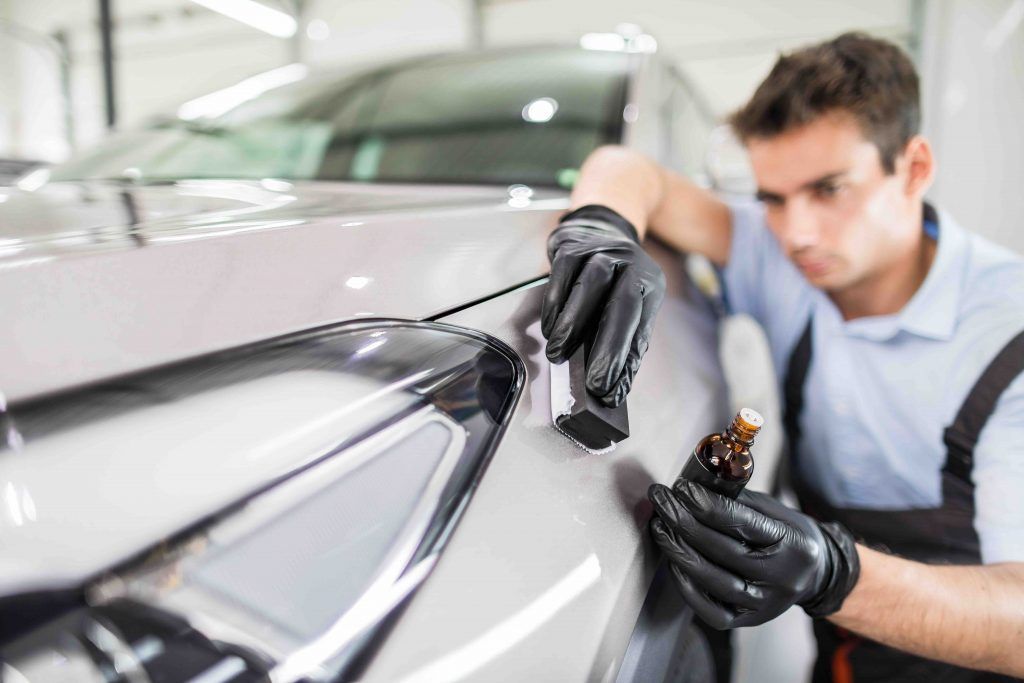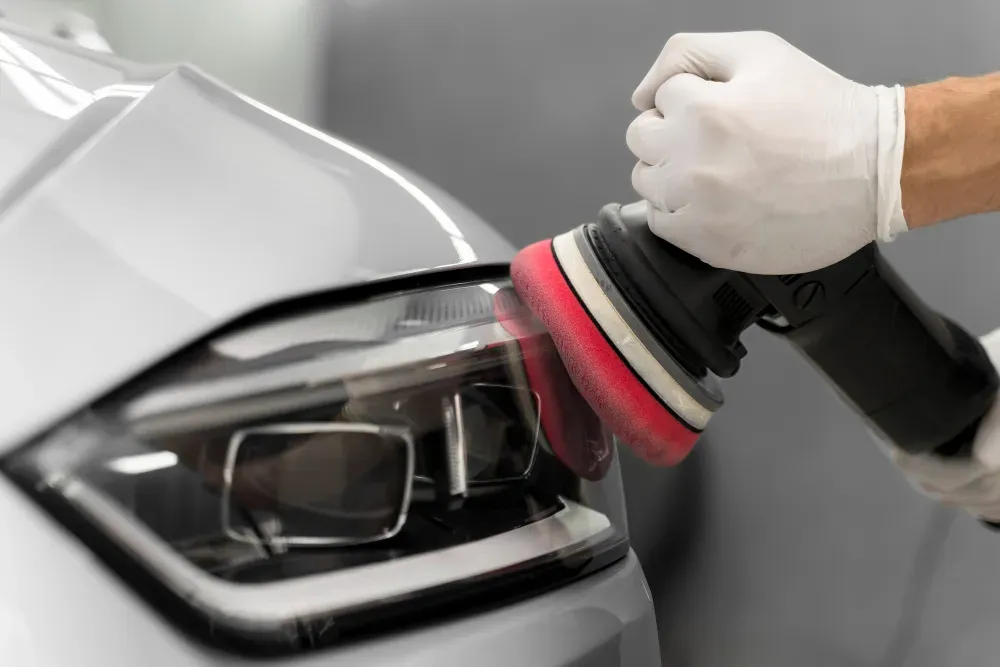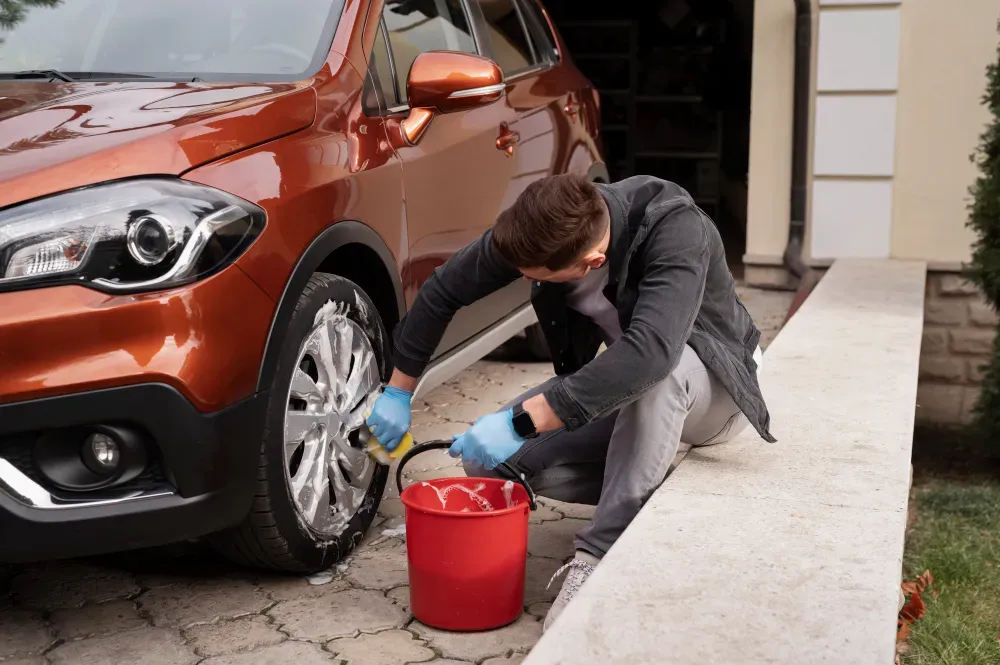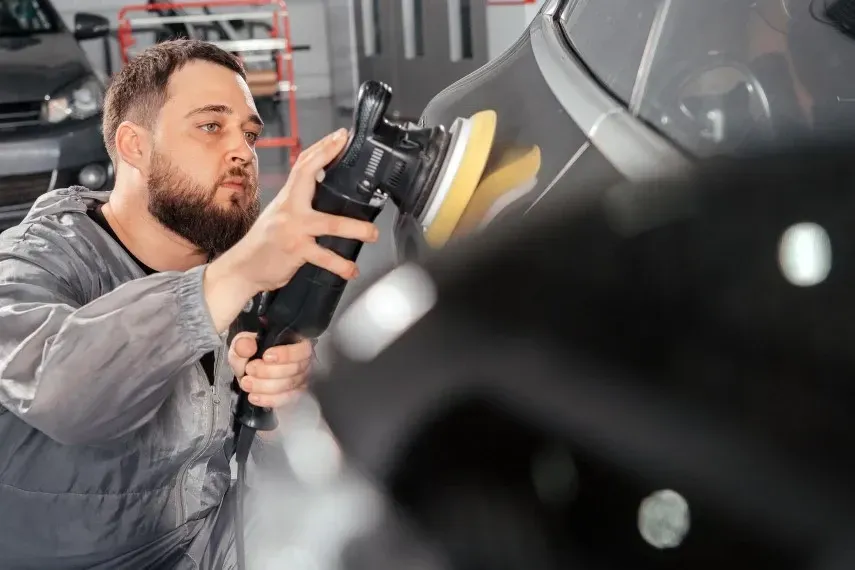How to Clean Your Car's Engine Bay, and Keep it Clean
Introduction
Picture this: I'm cruising down the Las Vegas Strip, feeling like a million bucks in my shiny ride. The exterior gleams under the neon lights, but little do I know, under the hood lurks a grimy secret. It wasn't until I popped the hood to check the oil that I realized my engine bay looked like it had been through a sandstorm in the Mojave Desert. That's when it hit me – I needed to learn how to clean my car's engine bay and keep it spotless.
A clean engine bay isn't just about looks. It's about maintaining your car's heart and soul. In this guide, I'll walk you through the process of engine bay detailing, share some nifty tricks, and explain why it's so important to keep things tidy under the hood.
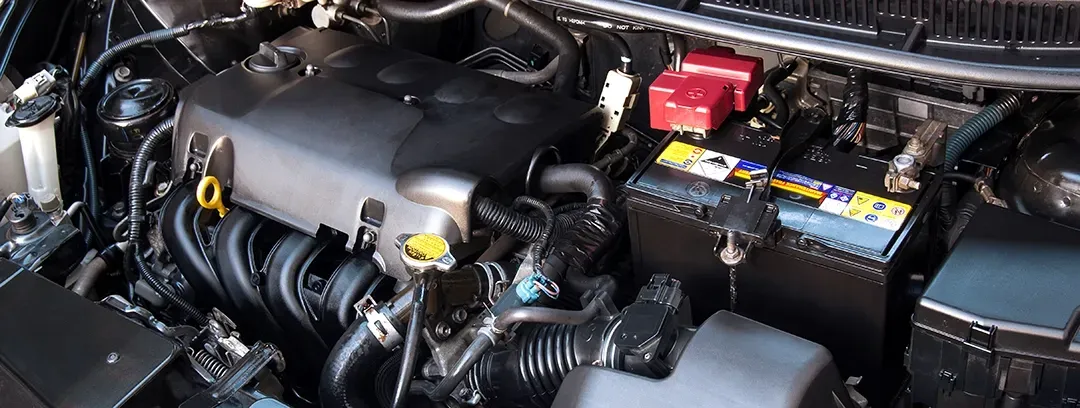
Understanding Your Engine Bay
Components of an engine bay
Before we dive into the cleaning process, let's get familiar with what's under the hood. An engine bay houses various components, including:
- Engine block
- Battery
- Alternator
- Radiator
- Hoses and belts
- Air intake system
- Fluid reservoirs
Each of these parts plays a crucial role in keeping your car running smoothly.
Why engine bay cleanliness matters
You might be wondering, "Why bother cleaning something that's bound to get dirty again?" Well, there are several reasons:
- Easier maintenance: A clean engine bay makes it simpler to spot leaks, worn parts, or other issues.
- Improved cooling: Dirt and grime can act as insulators, trapping heat in your engine.
- Prevents corrosion: Regular cleaning helps protect metal parts from rust and deterioration.
- Increases resale value: A well-maintained engine bay can boost your car's appeal to potential buyers.
Preparing for Engine Bay Cleaning
Safety precautions
Before we get our hands dirty (or clean, in this case), let's talk safety:
- Make sure the engine is cool. Never clean a hot engine!
- Disconnect the battery to avoid any electrical issues.
- Cover sensitive electrical components with plastic bags.
- Wear gloves and eye protection.
Tools and materials needed
Here's what you'll need for a thorough engine bay cleaning:
- Degreaser
- All-purpose cleaner
- Microfiber towels
- Soft-bristled brushes
- Garden hose or pressure washer (on low setting)
- Plastic bags and tape
- Engine bay dressing product
Ideal conditions for cleaning
Choose a dry, mild day for cleaning your engine bay. If you're in Las Vegas like me, early morning or late evening works best to avoid the scorching heat. Make sure you're working in a well-ventilated area, preferably outdoors.
Step-by-Step Engine Bay Cleaning Guide
Removing loose debris
Start by removing any leaves, twigs, or loose dirt from the engine bay. You can use compressed air or a soft brush for this step.
Protecting sensitive components
Cover electrical components, the alternator, and air intake with plastic bags. Secure them with tape to prevent water ingress.
Applying degreaser
Spray a suitable degreaser on dirty areas, focusing on the grimiest spots. Let it sit for a few minutes to break down the dirt and oil.
Scrubbing and agitating
Use soft-bristled brushes to agitate the degreaser. Be gentle around delicate parts and wiring. For tough grime, you might need to repeat this step.
Rinsing thoroughly
Rinse the engine bay carefully with a low-pressure stream of water. Avoid directing water at electrical components or into the air intake.
Drying the engine bay
Use microfiber towels to dry as much as possible. You can also use compressed air to blow out water from hard-to-reach areas.
Detailing and Finishing Touches
Polishing metal surfaces
Once dry, use a metal polish on exposed metal surfaces to restore shine.
Dressing plastic and rubber components
Apply an engine bay dressing product to plastic and rubber parts. This not only makes them look great but also protects them from cracking and fading.
Maintaining a Clean Engine Bay
Regular inspection
Make it a habit to check your engine bay weekly. This helps you catch any issues early and maintain cleanliness.
Quick touch-ups
Keep a microfiber cloth and some quick detailer spray handy for quick clean-ups between deep cleans.
Professional detailing services
For those times when you want a truly thorough job, consider professional detailing services. Here in Las Vegas, Sin City Detailing offers top-notch engine bay cleaning services.
Benefits of a Clean Engine Bay
Improved performance
A clean engine bay can actually help your car run better. It allows for better heat dissipation and can prevent premature wear on components.
Easier maintenance
When everything's clean, it's much easier to spot potential issues like leaks or worn belts.
Increased resale value
A clean engine bay can significantly boost your car's appeal if you're looking to sell. It shows that the vehicle has been well-maintained.
Common Mistakes to Avoid
- Using a pressure washer on high setting
- Cleaning a hot engine
- Neglecting to cover sensitive components
- Using harsh chemicals that can damage paint or plastic
- Forgetting to reconnect the battery after cleaning
Eco-Friendly Engine Bay Cleaning
As a car enthusiast who also cares about the environment, I've found some great eco-friendly alternatives for engine bay cleaning:
- Use biodegradable degreasers
- Opt for microfiber towels instead of disposable rags
- Collect runoff water to prevent contamination of storm drains
- Choose water-based, non-toxic engine bay dressings
Conclusion
Cleaning your car's engine bay might seem daunting at first, but with the right approach, it can be a rewarding experience. Not only does it make your car look great under the hood, but it also contributes to its overall health and longevity. Remember, a clean engine bay is a happy engine bay!
If you're in Las Vegas and need help with your car's detailing needs, don't hesitate to contact us at Sin City Detailing. We offer a range of services to keep your ride looking its best, inside and out.
Key Takeaways
- Regular engine bay cleaning improves performance and makes maintenance easier
- Safety first: Always clean a cool engine and protect sensitive components
- Use the right tools and products for effective cleaning
- Maintain cleanliness with regular inspections and quick touch-ups
- Consider professional detailing services for a thorough job
FAQs
- How often should I clean my car's engine bay? For most drivers, cleaning the engine bay 2-3 times a year is sufficient. However, if you frequently drive in dusty conditions, you might need to clean it more often.
- Can I use a pressure washer to clean my engine bay? While you can use a pressure washer, it's crucial to use it on the lowest setting and be careful around electrical components. A garden hose is often safer and just as effective.
- Is it safe to clean my engine bay at home? Yes, it's safe to clean your engine bay at home if you follow proper precautions. Always ensure the engine is cool and cover sensitive components before starting.
- What's the best degreaser for engine bay cleaning? Look for a biodegradable, water-based degreaser specifically designed for automotive use. Avoid harsh chemicals that can damage paint or plastic components.
- How long does it take to clean an engine bay? A thorough engine bay cleaning typically takes 1-2 hours, depending on how dirty it is and how detailed you want to be.
Remember, maintaining a clean engine bay is an important part of overall car care. If you're ever unsure about the process or want professional results, don't hesitate to visit our home page to learn more about our expert detailing services. Happy cleaning!
